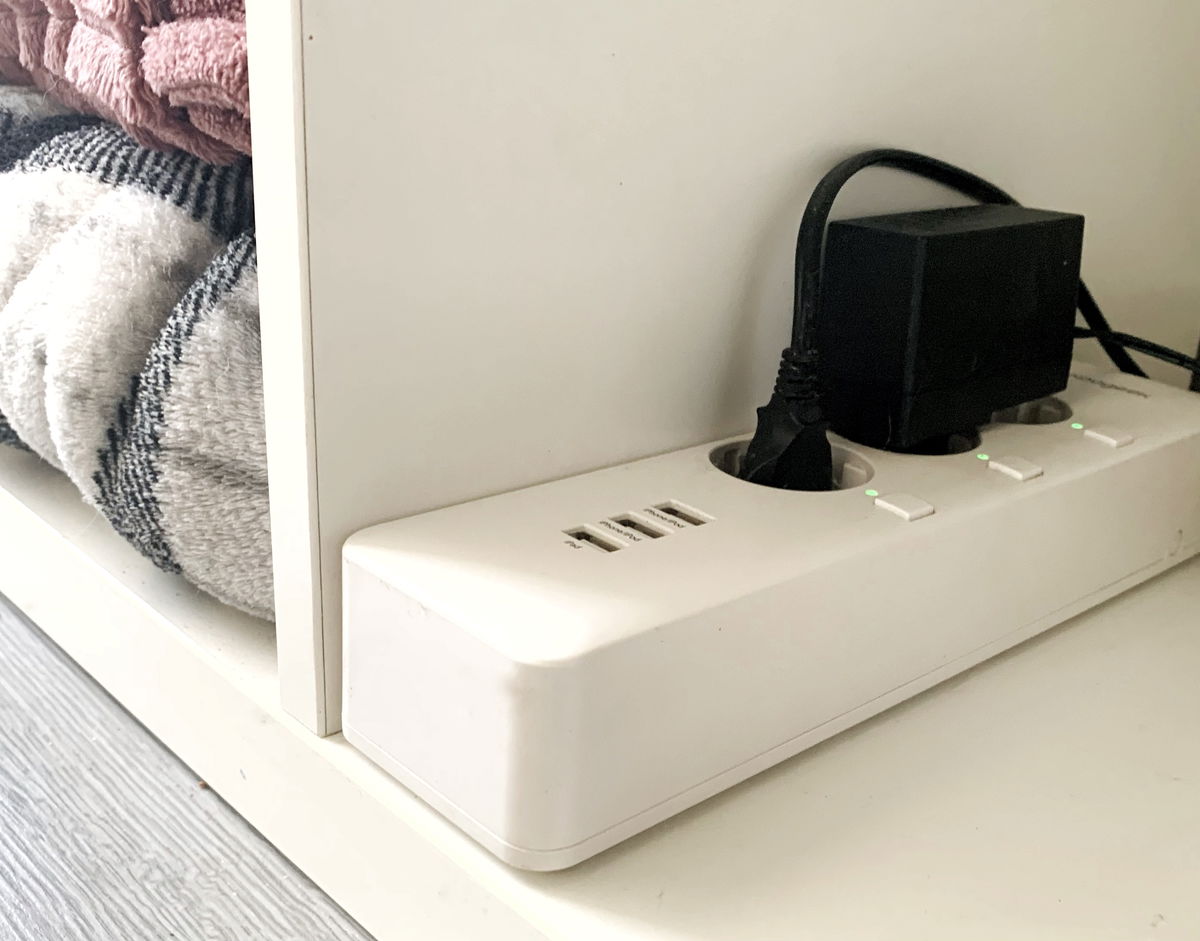What could be better than a space telescope? Two space telescopes! Although Hubble is already several years away from retirement, this does not mean that he has nothing more to give. On the contrary, and this is what in an image recently published by the European Space Agency, James Webb has joined forces with Hubble to capture the ghost galaxy in a much more impressive way..
This is not the first time James Webb has allowed us to see the Phantom Galaxy, also known as Messier 74. However, if before we could only observe the infrared spectrum of a celestial body, Hubble managed to add his optical vision to the equation. The result is an image that is much richer in detail and more impressive.
Meanwhile Messier 74 It is located approximately 32 million light years from Earth., in the middle of the constellation Pisces. Its curious shape has made it one of the favorite celestial objects of astronomy enthusiasts as well as researchers who focus their research on the formation of galaxies.
How did James Webb and Hubble make this curious image of a ghost galaxy?
James Webb is one of the most powerful astronomical instruments in existence today. With MIRI cameras (Mid-InfraRed Instrument) able to see through the gas and dust surrounding galaxies. In this way, it can reveal much more information about the objects within them, as well as their formation.
In this way, James Webb captured the thin filaments of gas and dust in the spiral arms of Messier 74.. In addition, due to the lack of gas in the central region, Webb got a unique view of the nuclear star cluster at the center of the galaxy.
But M74 is not the only galaxy that James Webb is studying. Another 19 stellar formations are observed using the telescope’s infrared instruments. Reason for studying star formation together with the international collaboration PHANGS (Physics of high angular resolution in nearby galaxies).
Our goal is to understand the interaction of small-scale physics of gas and star formation with galactic structure and evolution of galaxies.
PHANGS (high angular resolution physics in nearby galaxies)
In its turn, Hubble was able to capture information in the frequencies of visible and ultraviolet light.. The result is a view that “will allow astronomers to pinpoint regions of star formation, accurately measure the mass and age of star clusters, and learn more about the nature of tiny dust grains floating in space.”
Source: Hiper Textual














